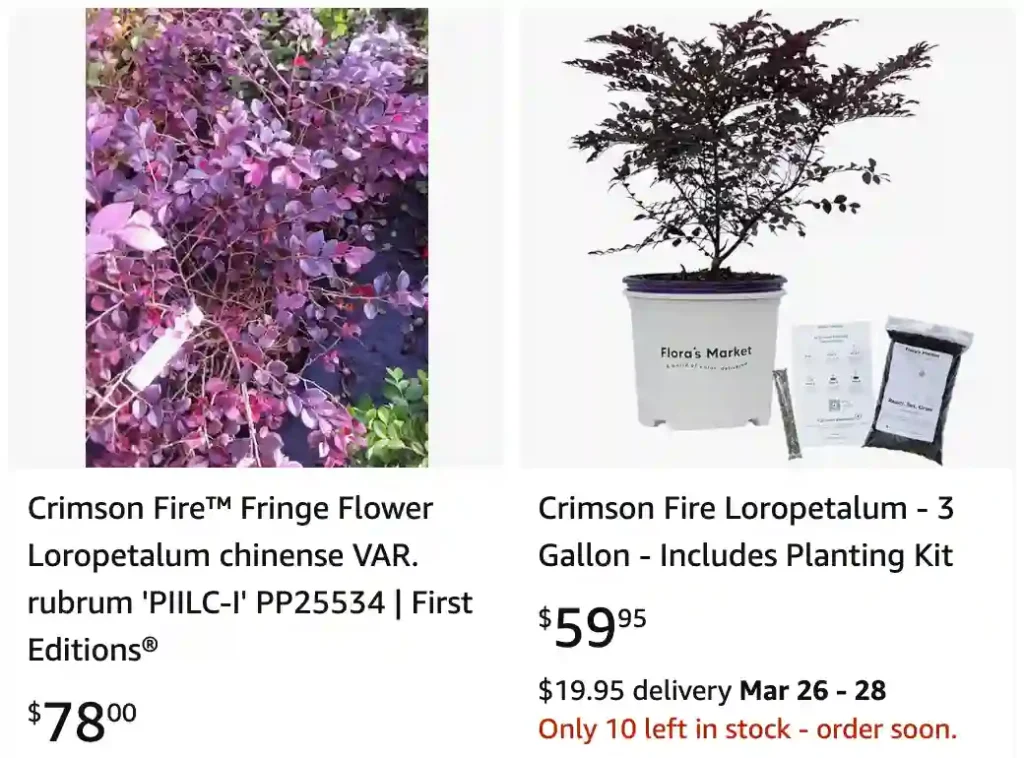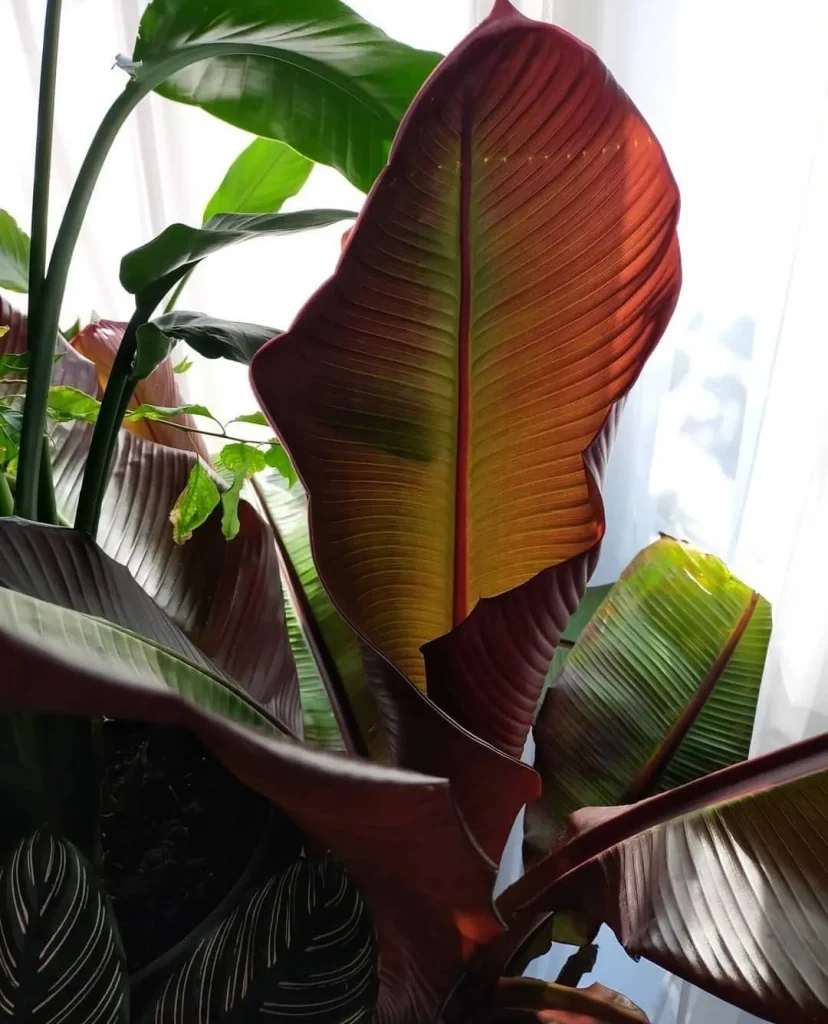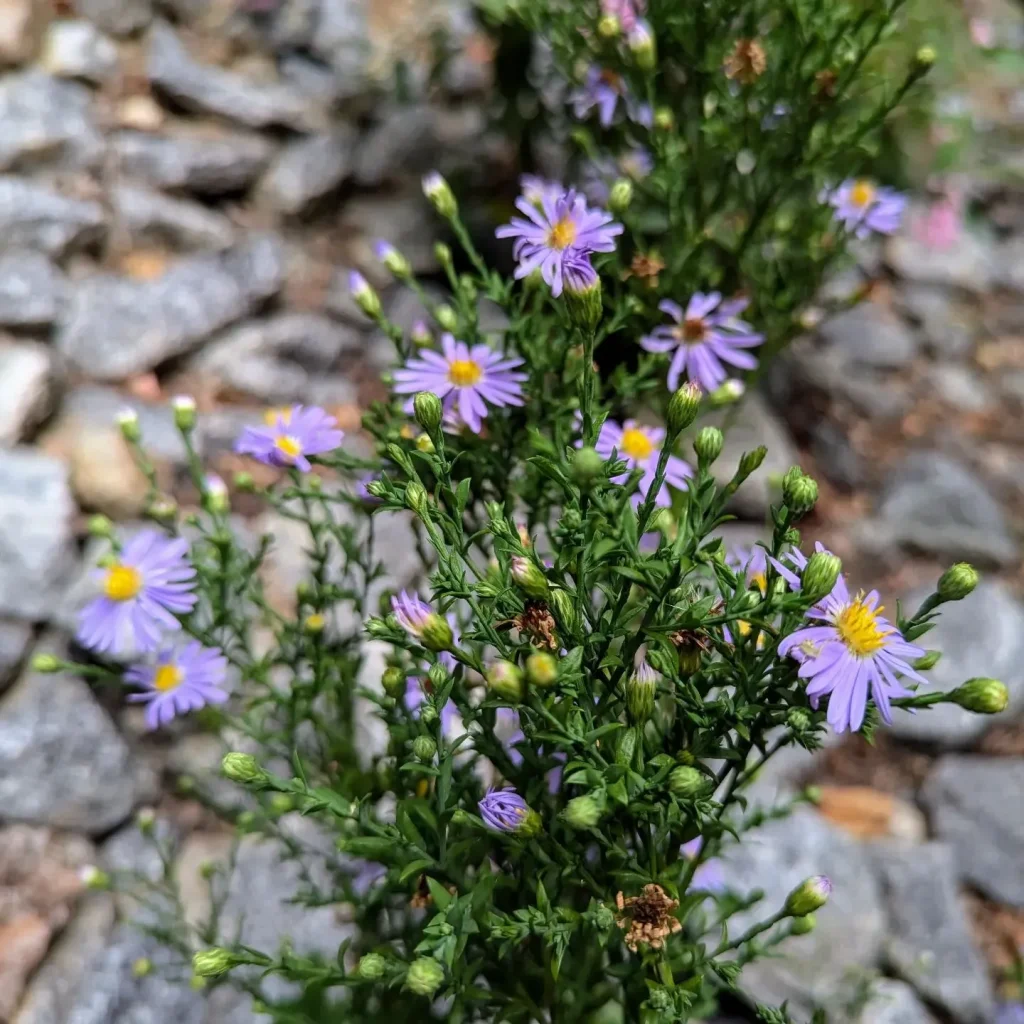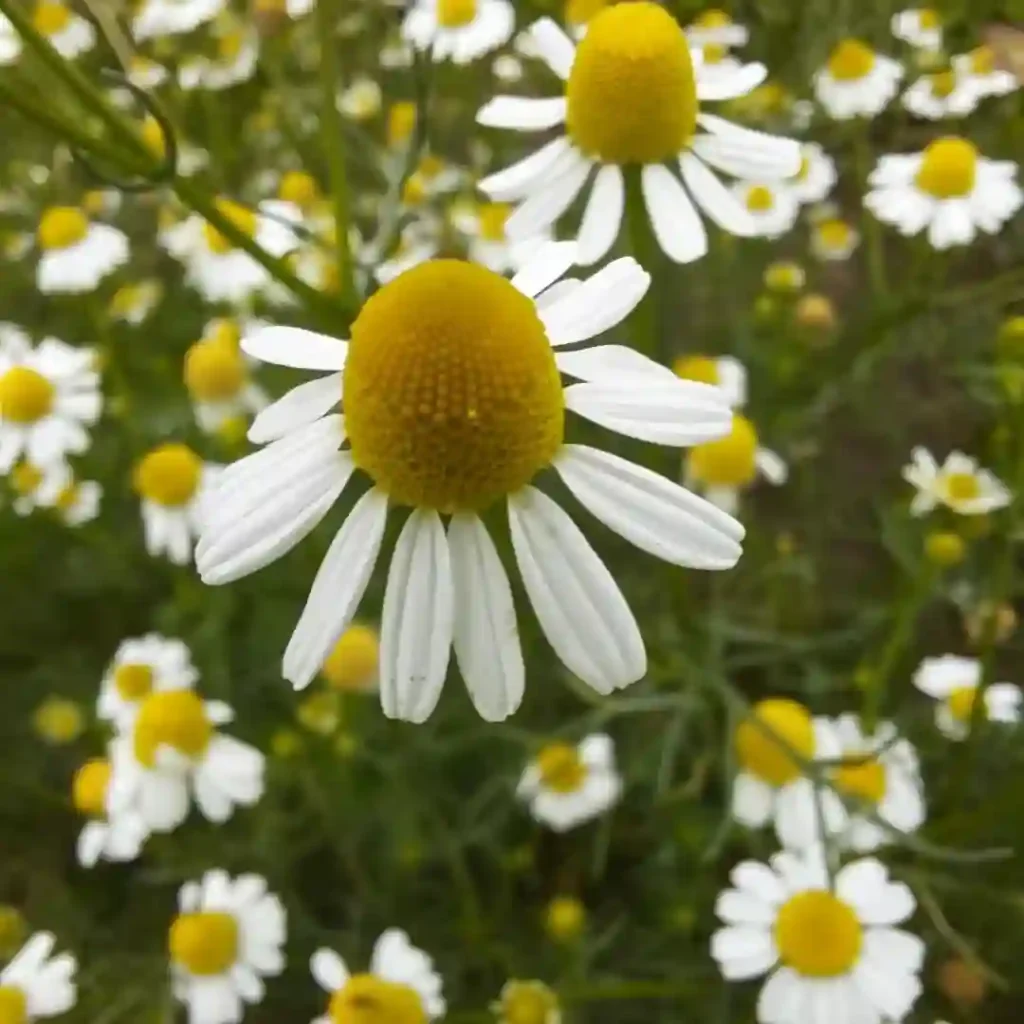
Crimson Fire Loropetalum: A Burst of Color for Any Garden
As a dedicated gardener, I’m always on the lookout for plants that add a pop of color and low-maintenance charm to my landscape. That’s why I fell head over heels for the Crimson Fire Loropetalum. This compact shrub boasts vibrant red foliage that persists year-round, making it a true standout in my garden beds. But beyond its beauty, the Crimson Fire Loropetalum offers a surprising amount of versatility, thriving in various settings and requiring minimal care.
Here, I’ll share my experience with this delightful plant, from its captivating features to essential care tips.
5 Species in Genus Loropetalum – Chinese Fringe Flower
What is a Crimson Fire Loropetalum?
The Crimson Fire Loropetalum, also known as the Chinese Fringe Flower, is a dwarf evergreen shrub prized for its stunning red foliage. Unlike some red-leafed plants that lose their vibrancy throughout the year, the Crimson Fire maintains its rich ruby-red hues from spring to winter. This consistent color burst makes it a valuable asset in any garden, adding a touch of drama and elegance.
Beyond its visual appeal, the Crimson Fire Loropetalum offers several other advantages:
- Compact size: This dwarf variety typically reaches only 3-4 feet in height and width, making it perfect for smaller gardens, containers, or foundation plantings.
- Low maintenance: This shrub is known for its ease of care, requiring minimal pruning and being relatively pest and disease resistant.
- Seasonal blooms: While the foliage takes center stage, the Crimson Fire Loropetalum also produces attractive pink, tassel-like flowers in the spring, adding another layer of interest to your landscape.
Loropetalum Crimson Fire vs Purple Diamond
For Loropetalum varieties, I’ve found Crimson Fire to be striking with its vivid red foliage that adds a vibrant contrast to my garden. Its deep color intensifies in colder months, giving a dramatic backdrop to other plants. Purple Diamond Loropetalum, on the other hand, offers a subtler, rich purple hue that complements various garden themes beautifully. Its foliage maintains a more consistent color throughout the year, which adds a reliable splash of color.
Purple Daydream vs Crimson Fire Loropetalum
Regarding Purple Daydream and Crimson Fire Loropetalum, I’ve noticed that Purple Daydream brings a softer, almost ethereal presence with its delicate pinkish-purple leaves. It’s been a charming addition to shaded areas, offering a gentle contrast to bolder plants. Crimson Fire, with its fiery red foliage, has been a standout in sunny spots, providing a burst of color that catches the eye from afar. Both have their unique charm, depending on the garden’s needs for color intensity and texture.
How to Care for Your Crimson Fire Loropetalum?
While the Crimson Fire Loropetalum is a low-maintenance plant, providing it with proper care will ensure it thrives and flourishes in your garden. Here are some key things to keep in mind:
- Sunlight: This shrub prefers full sun to part shade. Too much shade can result in less vibrant foliage color.
- Soil: Plant your Crimson Fire Loropetalum in well-drained, fertile soil. Amending the soil with compost before planting is beneficial.
- Watering: Water your Crimson Fire Loropetalum regularly, especially during its first year of establishment. Once established, it can tolerate moderate drought conditions. Aim to keep the soil consistently moist but not soggy.
- Fertilization: While not strictly necessary, a light application of balanced fertilizer in early spring can encourage healthy growth and promote vibrant foliage color.
Are All Crimson Fire Loropetalum Dwarf?
While the “dwarf” designation is often associated with the Crimson Fire Loropetalum, it’s important to note that there may be some variation in size depending on the specific cultivar and growing conditions. Generally, most Crimson Fire Loropetalum varieties will stay within the 3-4 foot range. However, if you have limited space, look for cultivars specifically designated as “dwarf” or “compact” to ensure they won’t outgrow their designated spot.
Can Pesticides Hurt Crimson Fire Loropetalum?
The Crimson Fire Loropetalum is generally quite resistant to pests and diseases. However, if you do encounter any issues, it’s crucial to choose the right pest control methods. Using harsh chemical pesticides can potentially harm your Crimson Fire Loropetalum and surrounding beneficial insects.
Instead, opt for organic or natural pest control solutions whenever possible. These methods are often just as effective and less damaging to your plants and the environment. Neem oil or insecticidal soap can be effective options for dealing with common pests like aphids or scales.
How to Prune Crimson Fire Loropetalum
The beauty of the Crimson Fire Loropetalum is its naturally compact form, which often requires minimal pruning. However, occasional light pruning can be beneficial to maintain its shape and encourage bushier growth. Here are some tips for pruning your Crimson Fire Loropetalum:
- The best time to prune is in late winter or early spring, before new growth emerges.
- Use sharp, sterilized pruning shears to make clean cuts.
- Remove any dead, diseased, or damaged branches.
- For shaping purposes, you can lightly prune to remove excess growth or to even out the shrub’s form.
- Avoid heavy pruning, as this can reduce flowering.
What to Plant With Crimson Fire Loropetalum?
The vibrant red foliage of the Crimson Fire Loropetalum makes it a versatile companion plant for various garden schemes. Here are some ideas for creating stunning combinations:
- For a contrasting color palette: Pair your Crimson Fire Loropetalum with plants boasting green or silver foliage, such as variegated hostas, ornamental grasses, or silver sage.
- For a vibrant color explosion: Combine your Crimson Fire Loropetalum with yellow flowering shrubs like Azaleas or yellow Forsythia for a burst of sunshine and warmth. Pink flowering perennials like Columbine or Coral Bells can also create a playful and cheerful color combination.
- For a sophisticated and elegant look: Plant your Crimson Fire Loropetalum alongside white flowering hydrangeas or white Lilies for a timeless and classy combination.
Conclusion
The Crimson Fire Loropetalum is a true gem for any garden. Its low-maintenance nature, stunning year-round foliage, and adaptability to various settings make it a winner for both novice and experienced gardeners. With its captivating beauty and ease of care, this little shrub is sure to bring a touch of vibrancy and elegance to your outdoor space. So, if you’re looking for a plant that adds a pop of color and requires minimal fuss, the Crimson Fire Loropetalum is definitely worth considering!
If i die, water my plants!



